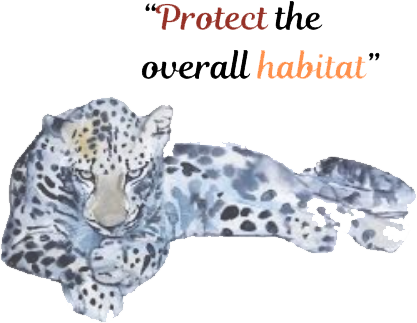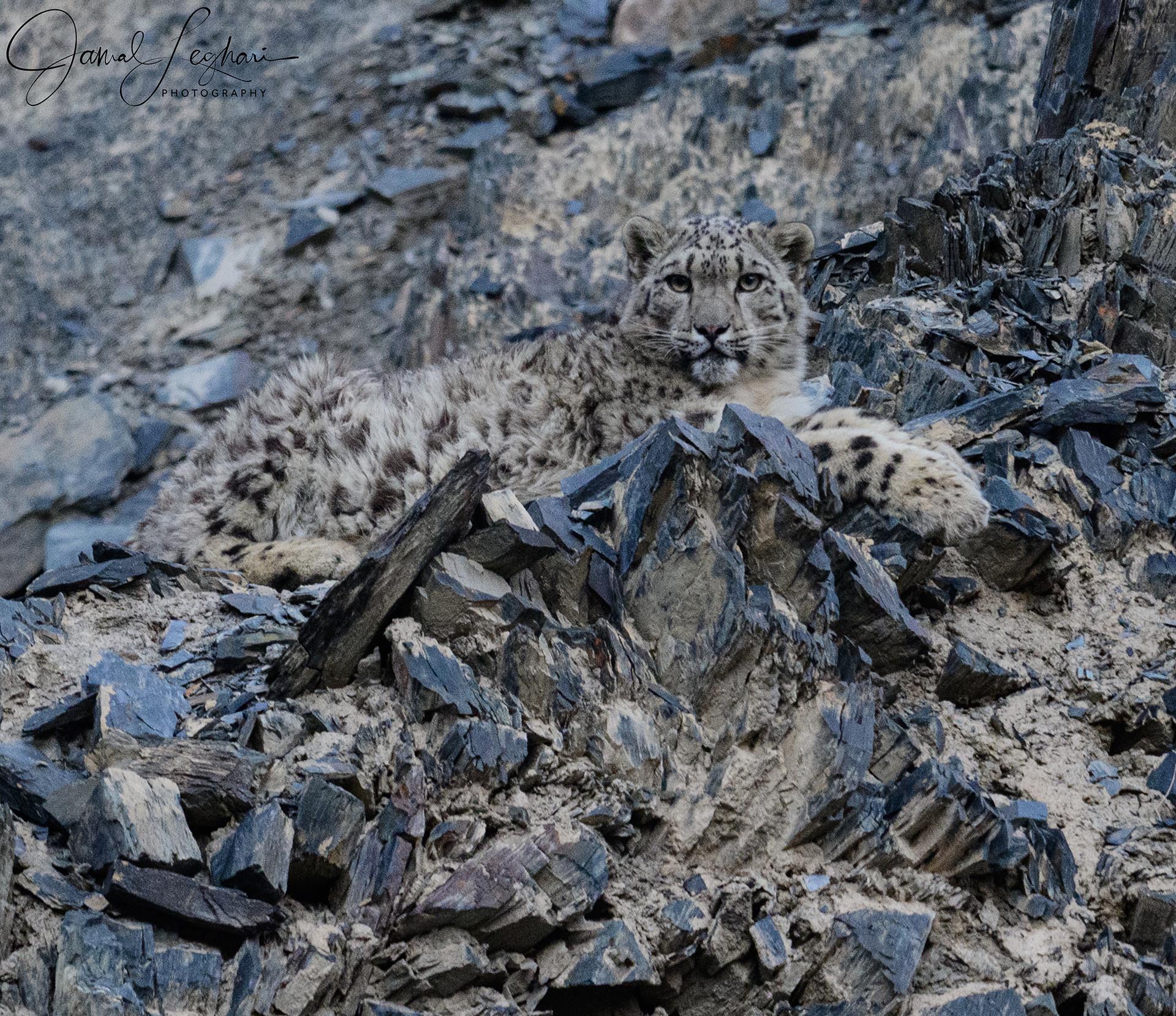Discover the importance of snow leopard conservation in Pakistan, and how ‘Snow Leopard Diplomacy’ is reshaping the future of wildlife protection in the region
It was 3:30 a.m., in the tranquil yet imposing landscape of Hunza Valley, the stillness of a summer night was pierced by the quiet determination of Sardar Jamal Khan Leghari, a seasoned hunter turned wildlife photographer and conservationist. Set out with a team of game watchers, not knowing what that day had in store for him.
This time, however, he wasn’t in search of a trophy. Instead, his mission was to capture the elusive beauty of Hunza’s wildlife through his lens. The valley, known for its breathtaking vistas and rugged terrains, holds secrets that only a few are privileged to witness.
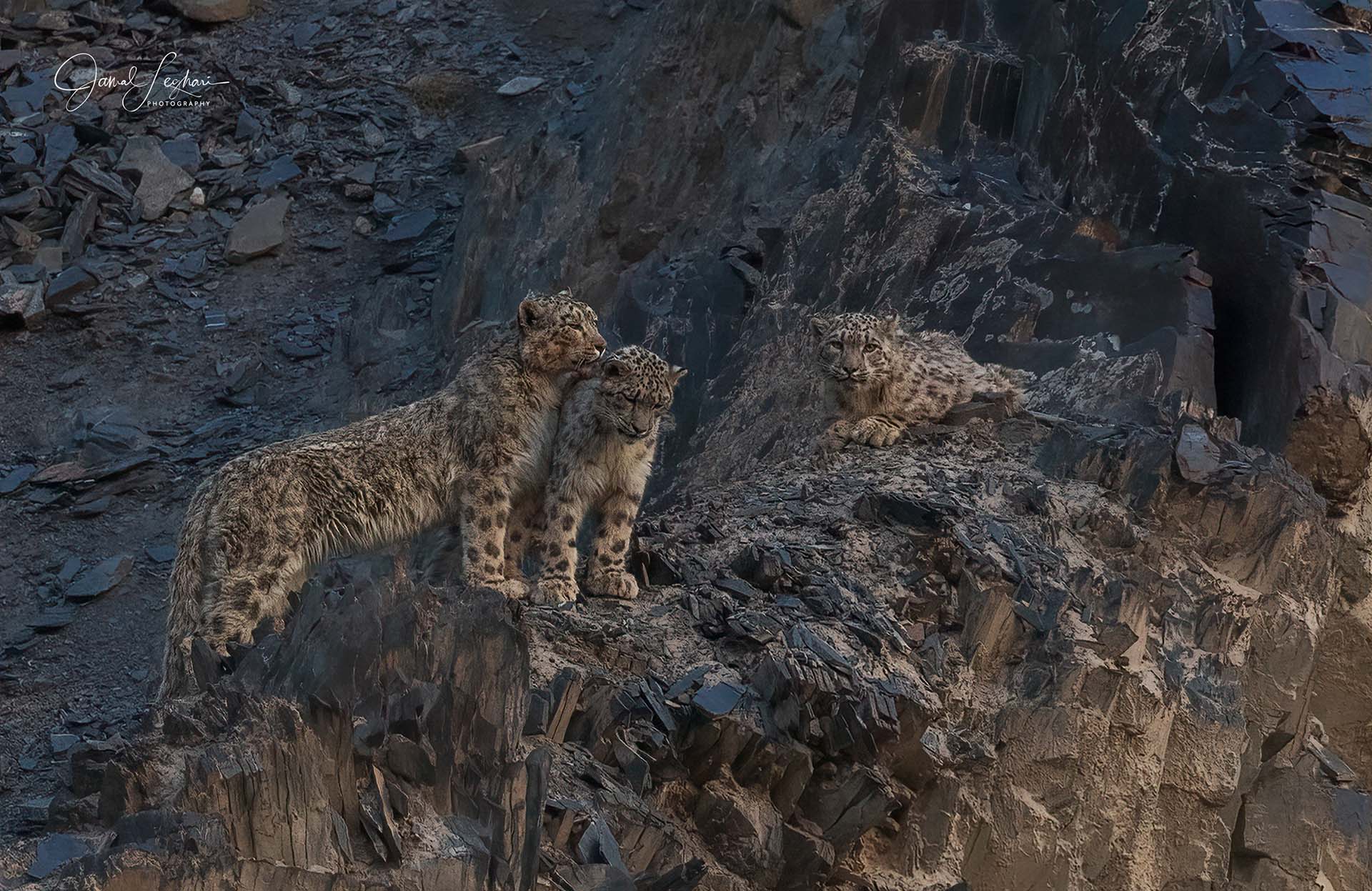
The snow leopard, known locally as the barfani cheetah, holds a special place in the cultural and spiritual fabric of the region. It is both feared and revered, a creature that embodies the mystery and majesty of the high mountains.
Sardar Jamal Khan Leghari, Wildlife Ambassador and GSLEP Emissary of Snow Leopards
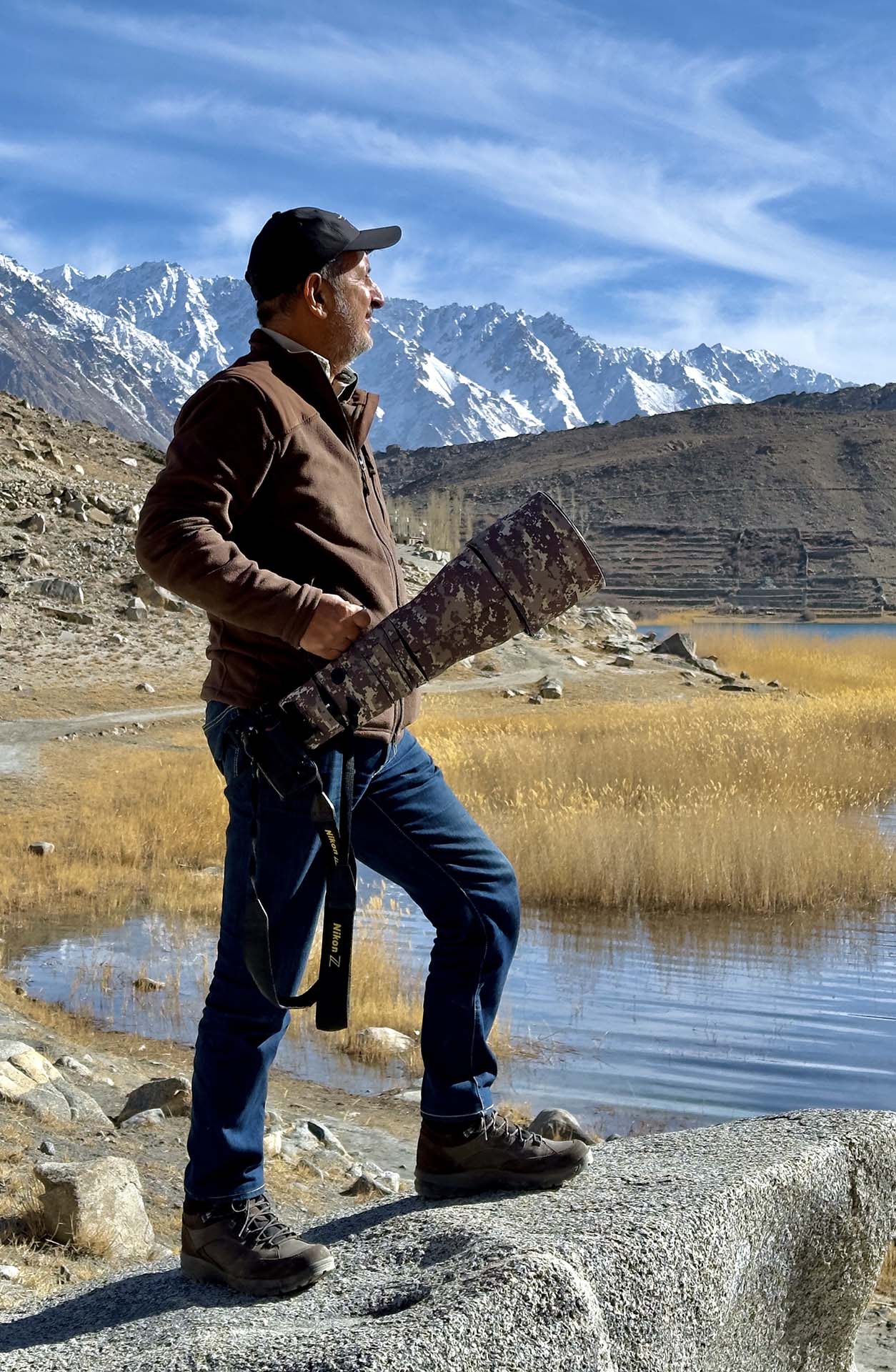
Photography by Sardar Jamal Leghari (Imags are subject to Copyright)
Mr. Leghari’s work tells a powerful story of the fragile harmony between humans and nature. His relentless dedication to documenting Pakistan’s wildlife seeks to foster a greater appreciation and respect for the natural world, encouraging viewers to take meaningful steps in safeguarding the country’s diverse ecosystems.
As the team trekked deeper into the wilderness, the sharp eyes of a game watcher spotted something unusual on the path ahead. A carcass lay abandoned, its death a testament to nature’s harsh realities. The air thickened with anticipation as one of the team members identified the signature of a predator. “This is a snow leopard’s kill,” he whispered, his voice tinged with awe. “Wait and it will come.”
As the team set up their cameras, camouflaging them against the car to appear as a single object, the early morning sky began to reveal the first light of dawn. The valley seemed to hold its breath, as did Leghari and his team, in anticipation of what was to come.
Snow leopards, often referred to as “ghosts of the mountains,” are rarely seen and that too in the middle of summer. Their ability to blend into the rocky terrain, coupled with their elusive nature, makes sightings exceptionally rare. Leghari, with the patience honed from years of hunting, knew this could be rare chance.
And then, as if materializing from the very rocks themselves, the snow leopard appeared. Her coat, a perfect match to the jagged cliffs, moved like a shadow across the landscape. The team’s hearts raced, the silence around them amplifying the sound of their anticipation.
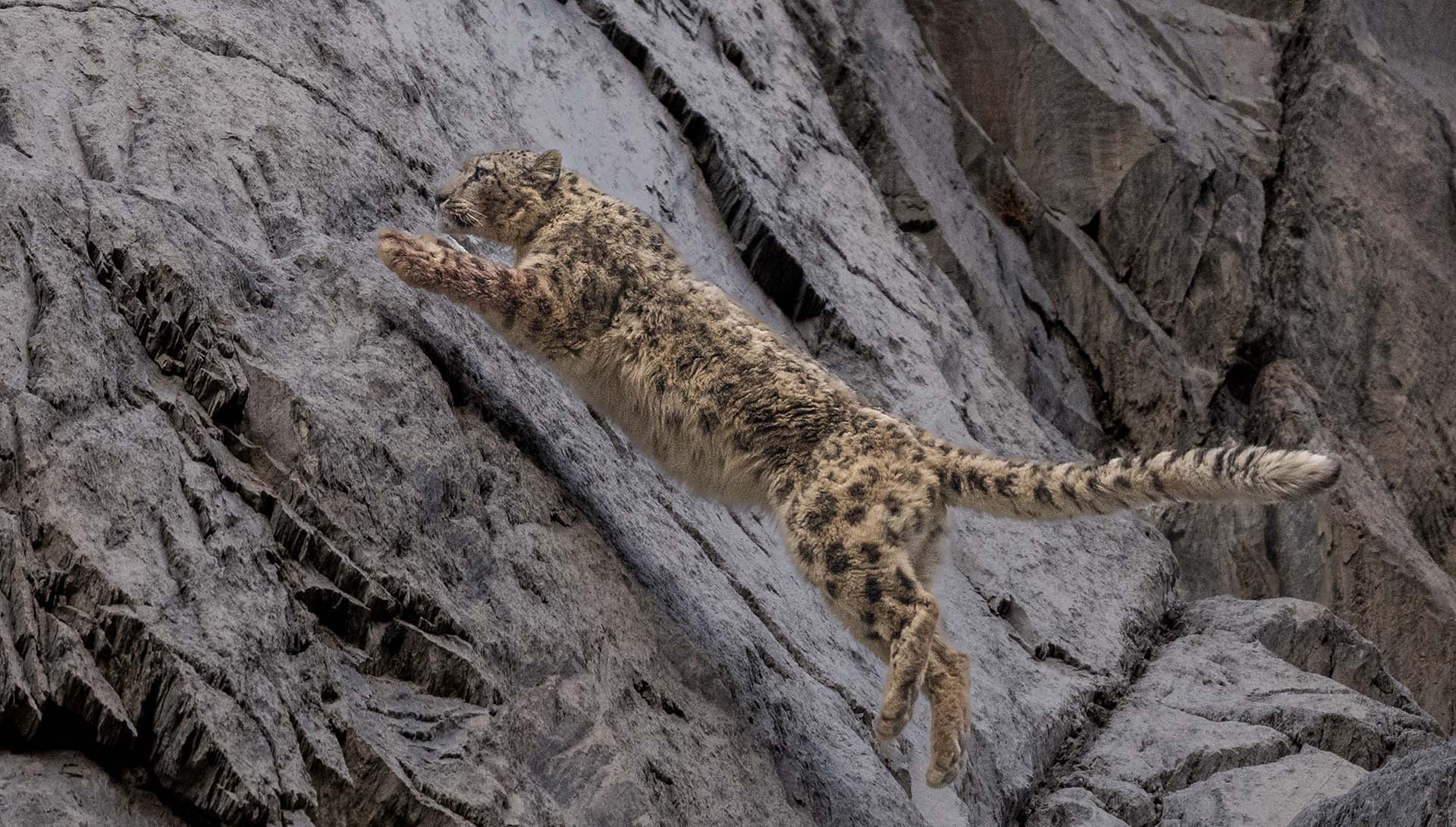
A rare leap to be witnessed and photgraphed
Each leap the leopard took was a display of power and grace, an apex predator in her element. But what unfolded next left even the seasoned hunters awestruck. Following the mother leopard were two cubs, their fur mirroring their mother’s, as they clumsily yet confidently navigated the rugged terrain. This rare sighting of a mother snow leopard with her cubs was a moment of pure wonder, one that many wildlife enthusiasts spend a lifetime hoping to witness.
As the day wore on, the snow leopard and her cubs feasted on their kill, their presence a reminder of the delicate balance of life in these remote mountains. By evening, with her belly full, the mother moved with a newfound languidness, her form blending seamlessly into the dusk. And just as quietly as they had appeared, the snow leopards vanished into the shadows, leaving the team with memories that would be etched in their minds forever.
For Leghari, this experience was not just about capturing the perfect shot but about understanding the importance of conservation. The snow leopard, a symbol of the wilderness that defines Hunza, is a reminder of the fragility of our natural world. As they packed up their gear and began their descent back to the village, the team knew that they had witnessed something extraordinary – a glimpse into a world where every living creature plays its part in the complex interplay of survival.
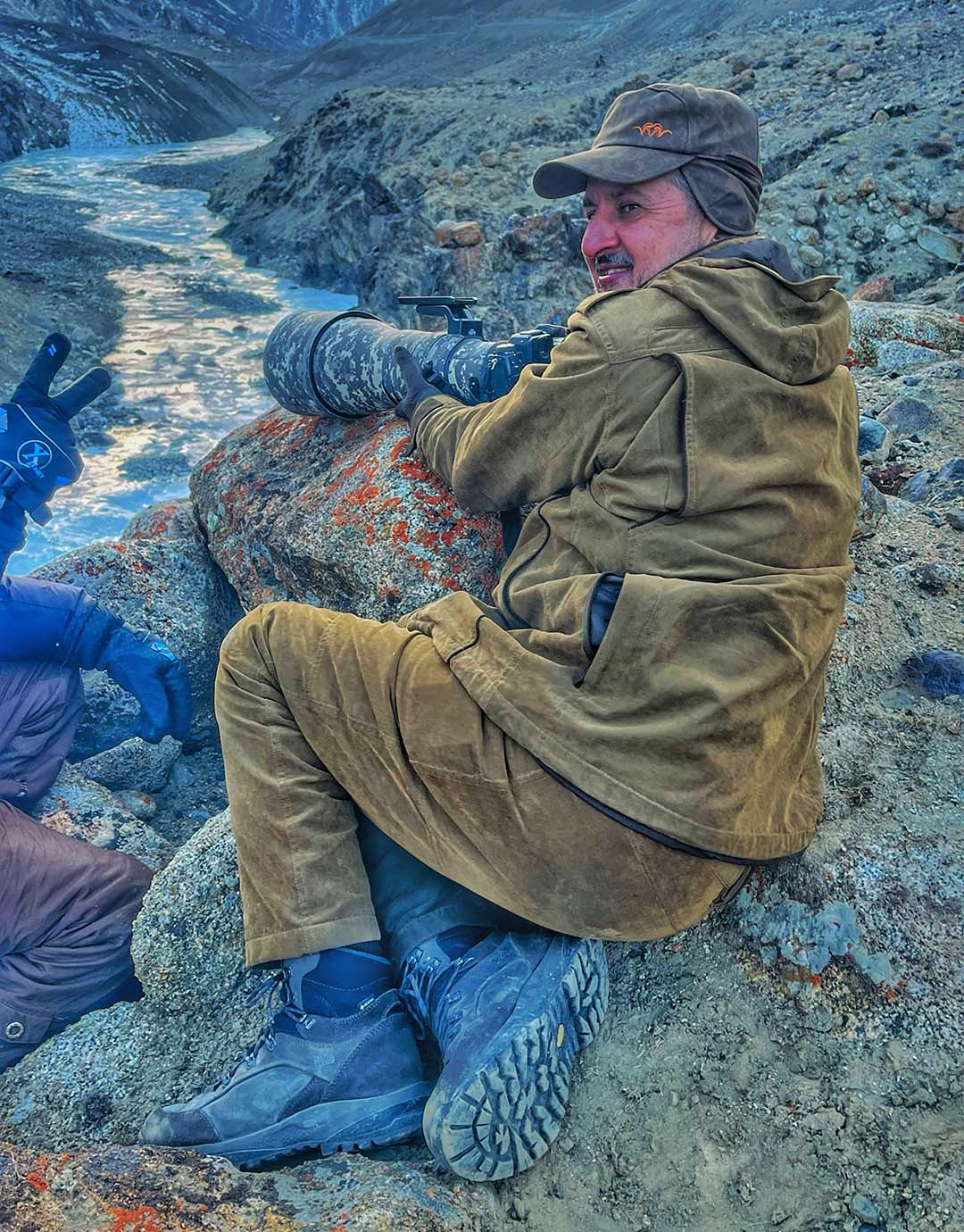
Leghari’s first encounter with the snow leopard was nothing short of transformative. What began as a chance sighting during a wildlife photography expedition in Hunza Sardar Leghari’s test of endurance and a deep connection with his subject.
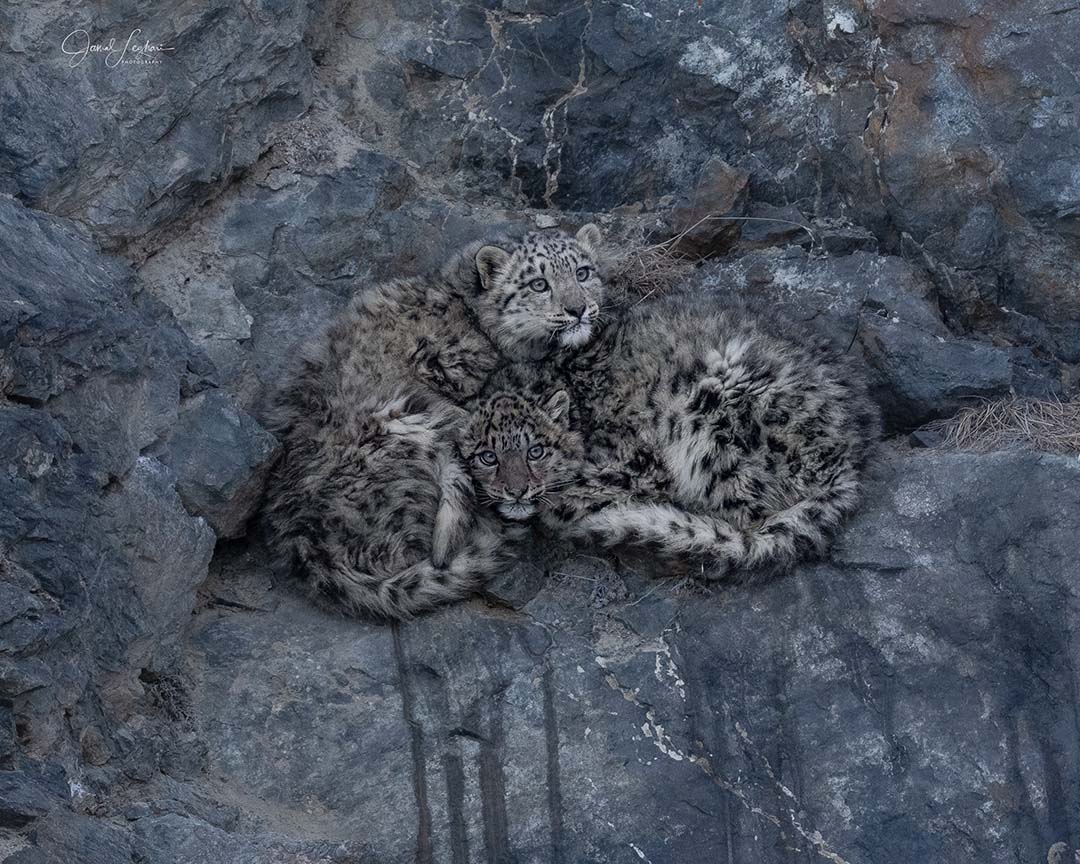
Two cubs hurdled
GSLEP
GSLEP, the Global Snow Leopard & Ecosystem Protection Program, is an unprecedented alliance of all snow leopard range countries, non-governmental organizations, multi-lateral institutions, scientists and local communities.
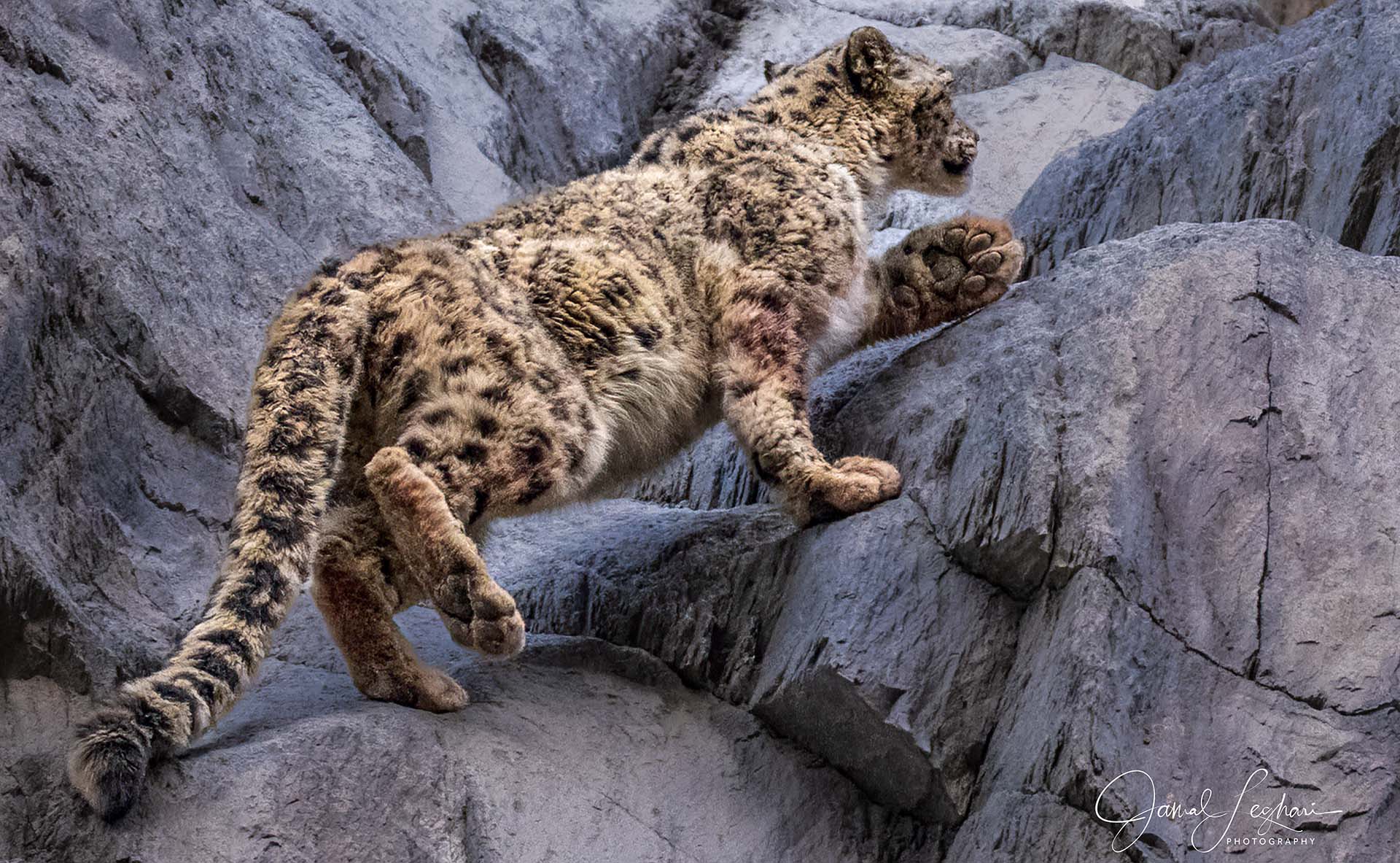
“Satiated with her meal, the snow leopard looks almost pregnant with her fill” has now blossomed into a lifelong commitment to conserving one of the world’s most elusive predators.
As the ambassador for the snow leopard in Pakistan, Leghari dedicates his life to raising awareness and advocating for the protection of this majestic creature. His work extends beyond traditional conservation; he is at the forefront of what is now being called “snow leopard diplomacy.”
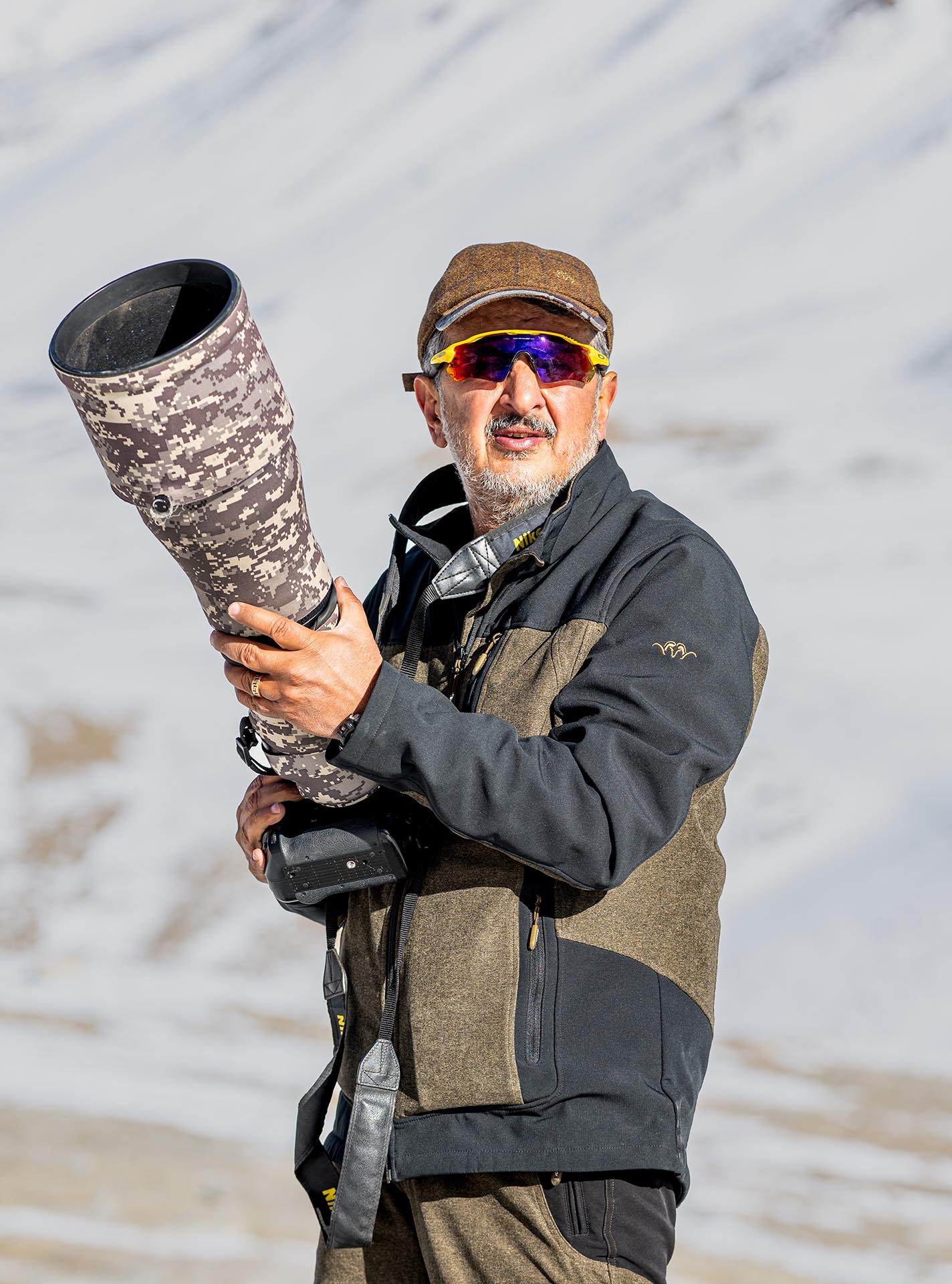
THREATS
Climate change Livestock grazing Tourism Hunting Poaching Disease Pakistan, home to significant snow leopard habitats, is part of the 20-country region known as the “Third Pole,” which is home to about 90% of the world’s glaciers. The Snow Leopard Trust operates across this vast region and that’s the main reason for uniting conservation efforts in this unique ecological zone.
These countries share a common responsibility: to safeguard the survival of snow leopards, which serve as vital indicators of the health of their mountainous ecosystems.
The increase in the snow leopard population in Pakistan is a positive development, but continued efforts are necessary to maintain and further this growth. The snow leopard’s dependence on specific prey species underlines the importance of preserving the broader ecosystem to ensure their survival and overall habitat protection as there is interdependence of species within this fragile environment.
DID YOU KNOW
Sardar Jamal Khan Leghari shares…
Snow Leopard Habitat : The Third Pole
Unlike the North and South Poles, the Third Pole refers to a region where the world’s most extensive glaciers exist, spanning across countries such as Russia, Tibet, Mongolia, China, India, Nepal, Bhutan, Pakistan, Kyrgyzstan, Kazakhstan, Azerbaijan, and Tajikistan. This area is critical to the survival of snow leopards.
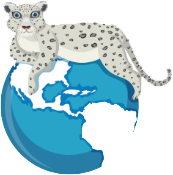
Snow Leopard Population in Pakistan
In Pakistan, the snow leopard population was once estimated to be as low as 70 to 80 individuals. Recent census data indicates a significant rise, with current estimates placing the population between 350 to 400, highlighting successful conservation efforts.

Snow Leopard in Pakistan
Snow leopards are found in Pakistan’s northern mountains in the areas known as Khyber-Pakhtunkhwa, Gilgit-Baltistan and Azad Jammu and Kashmir
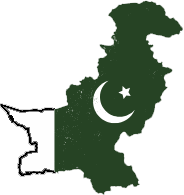
Survival of the Snow Leopard
The snow leopard primarily feeds on Himalayan Ibex and Markhor, found in the Hindu Kush, Karakoram, Himalayas, and Pamir mountain ranges. A female snow leopard needs to hunt 16 to 24 Ibexes annually to support her young. When Ibexes are scarce, the snow leopard turns to alternative prey like Himalayan Cape Hares and occasionally hunts Himalayan and Tibetan Snow Cocks. Additionally, the Marmot, a golden-orange rodent found in areas like Deosai National Park, is another significant prey in the snow leopard’s diet.
